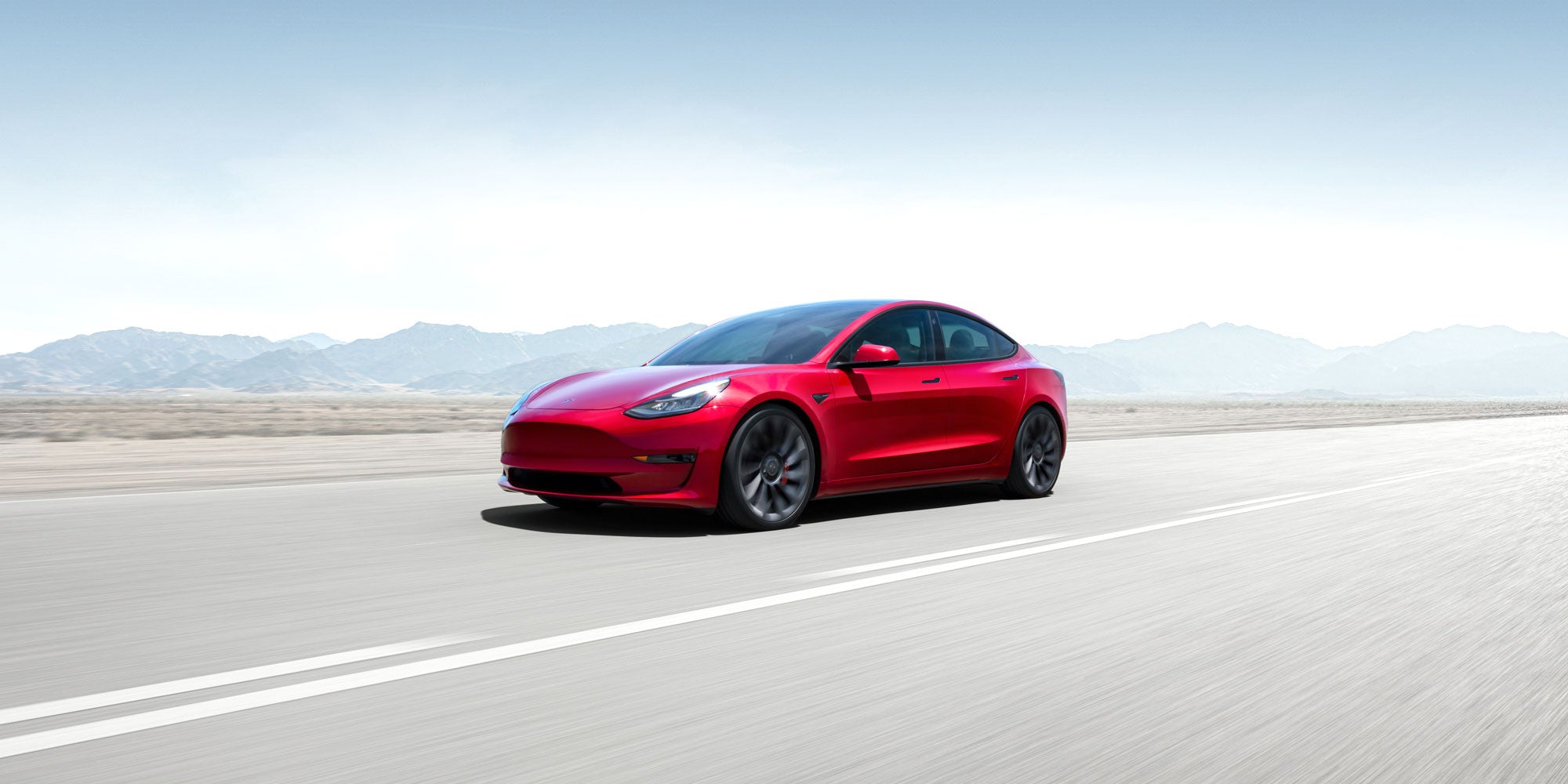Source: Elon Musk
SpaceX is currently building the first prototype of Starship, a spacecraft that will have the capability to conduct long-duration voyages to the moon and Mars. The first flight prototype of the craft is under construction at SpaceX South Texas in Boca Chica, called Starship SN1. The company aims to make at least 20 prototypes of this version. During the testing and manufacturing process, engineers will design each of the 20 prototypes with slight variations that should improve the abilities of the craft.
Liquid nitrogen cryogenic strength test underway ☃️ pic.twitter.com/qRPBLInqm0
— Elon Musk (@elonmusk) January 29, 2020
This week, on Tuesday, a prototype of a SpaceX's Starship 9 meter diameter propellant tank dome was intentionally pressurized to the max, then blew up "popped" during a cryogenic test, with ultracold liquid nitrogen (shown in video below).
They began filling the Starship tank with ultra-cold liquid nitrogen (boiling point: -196°C / -320°F) at around 5:30 pm CST (local time) on January 28th. Then they kept the steel tank topped off for about 4 hours until the test initiated. The Starship tank's liquid nitrogen immediately produced large clouds about 30 minutes later, the tank was pressurized until it "popped." The destruction of the stainless-steel propellant tank might not seem like a positive thing, but it actually represents an important milestone achieved for Starship's development. The explosive test demonstrated that the fuel tank is strong enough to withstand the pressure it would experience on future human missions to space. The propellant test tank reached an internal pressure of 8.5 bar, or about 8.5 times the pressure of Earth's atmosphere at sea level.
8.5 bar
— Elon Musk (@elonmusk) January 29, 2020
The tank needed to withstand a pressure of at least 6 bar for an orbital flight without humans onboard. SpaceX aimed to increase the bar strength to ensure the craft ends up being safe for crewed flights. The rocket company had previously performed another pressure test this month, were the spacecraft's tank reached a pressure of 7.5 bar during that time - so 8.5 bar is a significant strength increase.
SpaceX teams began to clean up the launch pad after the test (video below).
SpaceX plans to have a fully assembled Starship by March to conduct a debut test flight above Boca Chica, Texas. Meanwhile, engineers will continue to test Starship parts before including them in Starship's final assembly. The company aims to begin launching satellites aboard Starship as early as 2021, followed by a cargo lunar mission for NASA in 2022. Also aim to launch their first private space tour customer, Yusaku Maezawa, on a flight around the moon in the year 2023.







